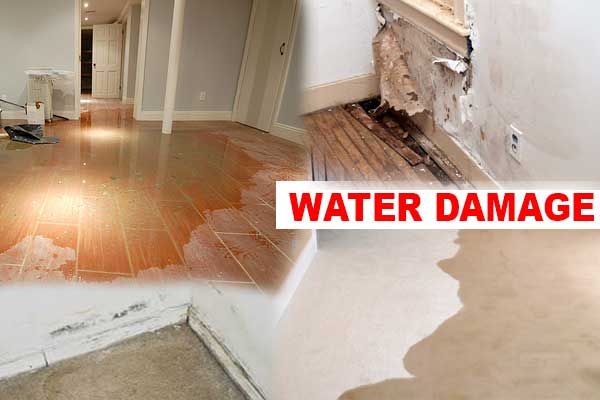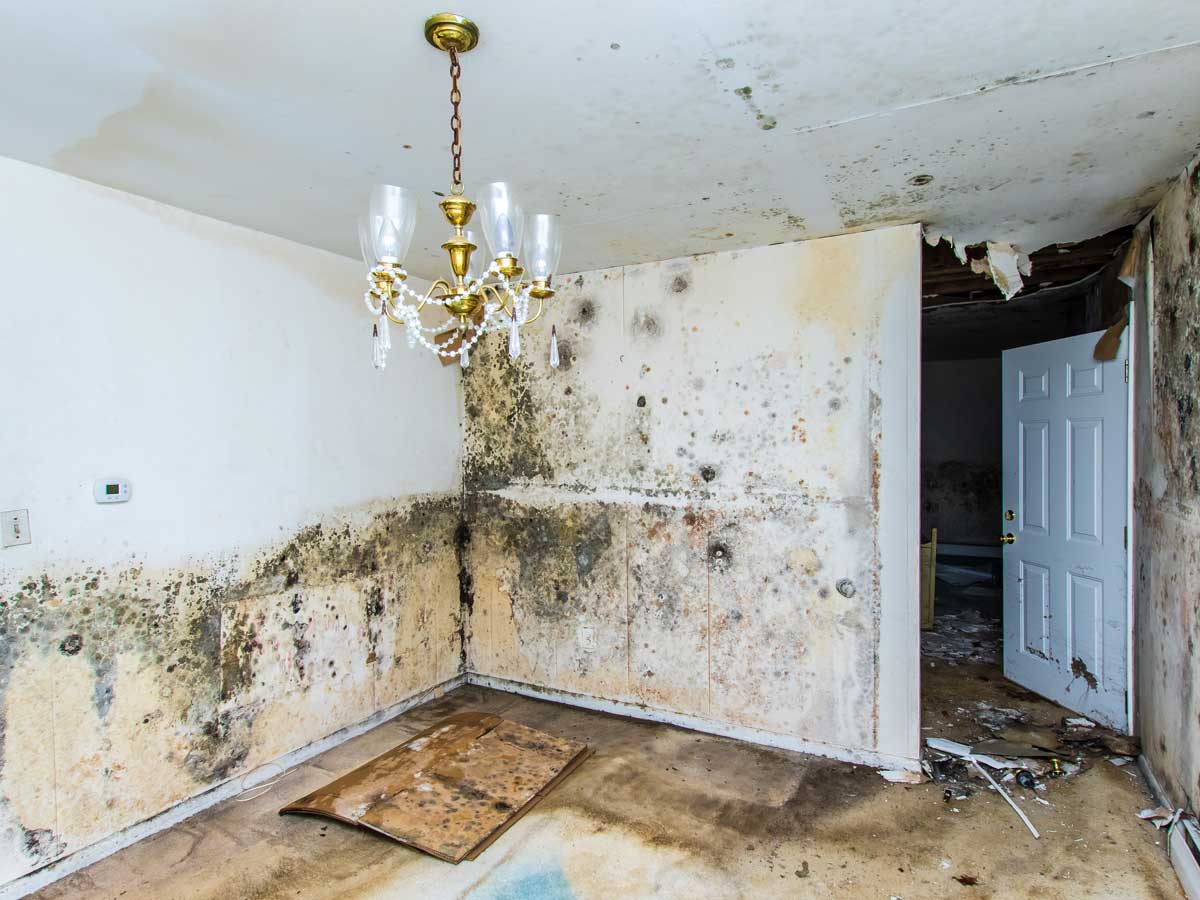The Process of Water Damages Clean-up: Ensuring Your Home Is Restored Successfully
Water damage can be an overwhelming obstacle for house owners, necessitating a thorough and structured cleanup process to recover safety and security and functionality. An extensive evaluation is critical to recognize the extent of the damages and identify the appropriate removal steps. Following this, effective water removal strategies play a critical role in minimizing additional injury. Nevertheless, the nuances of drying out, sanitizing, and eventual reconstruction are equally essential and usually forgotten. Comprehending these phases can make a considerable difference in the result of your home's remediation, motivating a closer look at what each step involves.
Evaluating the Damages
Upon discovering water damage, the initial action is to extensively evaluate the extent of the influence. This preliminary examination is critical, as it helps establish the required actions for reliable clean-up and reconstruction. Begin by evaluating the impacted locations, including walls, ceilings, floors, and individual possessions, to recognize the resource of the water breach, whether from flooding, leaks, or condensation.
Recording the damages is necessary for both insurance coverage claims and planning restoration efforts - damage restoration services. Use photos and written notes to record the severity of the damage, noting any kind of damaged structural aspects and materials. Pay special focus to locations that might not be instantly noticeable, such as behind wall surfaces and under carpets, as hidden moisture can result in more problems, including mold development
Additionally, examine the timeline of the water exposure. The longer the materials continue to be wet, the greater the potential for damages. Comprehending the period of direct exposure will certainly notify the necessity of removal efforts. Ultimately, a comprehensive evaluation lays the groundwork for a successful water damage cleanup procedure, ensuring that all impacted locations are addressed efficiently and thoroughly.
Water Removal Methods

Specialists typically use submersible pumps for bigger quantities of water, which can quickly relieve flooding in cellars or other influenced areas. For smaller sized amounts, wet/dry vacuums are typically utilized to remove residual moisture from carpetings and hard surface areas. Additionally, utilizing portable extractors permits targeted elimination in restricted areas or locations with delicate materials.
In instances of polluted water, such as sewage or floodwater, advanced extraction methods might entail making use of biohazard equipment to make certain safety and conformity with wellness guidelines. High-powered extraction devices are important in decreasing water retention in structural materials, which can lead to mold and mildew development and architectural degeneration if not addressed without delay.
Eventually, the effectiveness of water extraction techniques plays a critical role in the general success of the water damages cleaning procedure, laying the foundation for subsequent reconstruction efforts.
Drying and Dehumidification
As soon as standing water has been properly removed, the next essential phase in the water damage clean-up procedure is drying and dehumidification. This action is necessary to protect against additional damage and mold growth, which can occur within 24 to 48 hours in moist settings.
To accomplish reliable drying, specific devices such as industrial-grade air moving companies and dehumidifiers is employed. Air movers flow air across damp surface areas, improving evaporation rates, while dehumidifiers decrease moisture degrees airborne, advertising a conducive environment for drying out. The mix of these tools guarantees that wetness is extracted from walls, floors, and furnishings, enabling them to completely dry completely.
It is very important to keep an eye on the drying out process closely. Professionals often make use of wetness meters to analyze the wetness material in different materials, ensuring that all affected areas reach appropriate dryness levels. This thorough method helps to avoid surprise moisture pockets that might cause structural damages or unhealthy mold and mildew growth.

Cleansing and Sanitizing
After the drying out and dehumidification stage is complete, the next essential step in water damage cleaning is cleansing and sanitizing the affected areas. This process is vital to avoid the development of mold and mildew, microorganisms, and various other microorganisms that flourish in wet environments.
The cleaning phase typically involves getting rid of any debris, dirt, and pollutants from surface areas utilizing specialized disaster repair cleaning representatives. For tough surface areas, a combination of soap and water or business cleansing items is typically used. Soft products, such as upholstery and rugs, may call for much more comprehensive cleaning techniques, including heavy steam cleaning or deep removal methods, to ensure detailed cleanliness.

Sanitizing adheres to cleaning, using EPA-approved anti-bacterials to eliminate dangerous microorganisms. This action is vital, specifically in areas that may have entered call with floodwaters or sewage, as these resources can pose serious health threats.
Furthermore, it is vital to deal with any type of continuing to be smells, which may call for the use of odor neutralizers or sophisticated strategies like ozone therapy. Proper cleaning and sterilizing not only bring back the safety and hygiene of your home however additionally lay the foundation for successful restoration and repair services in succeeding phases of the water damage cleanup process.
Remediation and Repair Services

As soon as the evaluation is total, repair initiatives can start. Additionally, flooring might need similar focus, depending on the degree of water direct exposure.
It is vital to involve seasoned restoration specialists throughout this process, as they possess the knowledge to manage intricate fixings effectively. They can assist mitigate potential future concerns, such as mold and mildew development or architectural instability, therefore guaranteeing a visit this website habitable and secure living atmosphere. Eventually, efficient reconstruction and fixings recover the home's honesty and enhance its overall value.
Final Thought
In conclusion, the procedure of water damage cleaning is vital for restoring a home to its pre-damage condition. Each phase, from assessing the damage to executing reliable water extraction methods, complied with by thorough drying, disinfecting, and required repairs, plays a vital function in making certain safety and compliance with structure criteria. Reliable execution of these steps not just mitigates immediate damage but additionally enhances the lasting stability and value of the building.
Water damages can be a challenging difficulty for property owners, requiring a structured and careful cleaning procedure to restore safety and security and functionality. Eventually, a comprehensive assessment lays the foundation for a successful water damage clean-up process, ensuring that all impacted locations are dealt with successfully and extensively.
Reliable water extraction methods are important in reducing damages and protecting against more difficulties adhering to a water intrusion occasion.In verdict, the procedure of water damage clean-up is essential for bring back a home to its pre-damage problem. Each stage, from evaluating the damage to implementing efficient water removal strategies, followed by complete drying, sterilizing, and essential repair work, plays an essential duty in making certain safety and conformity with building requirements.